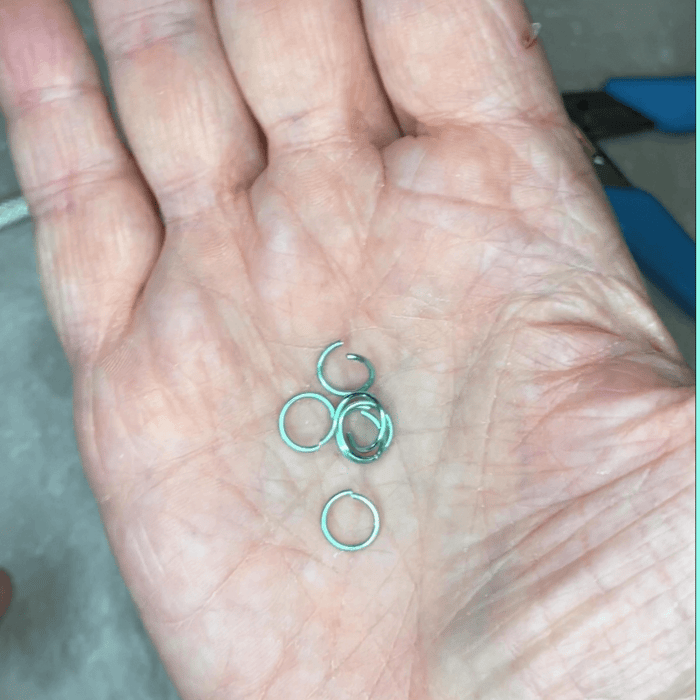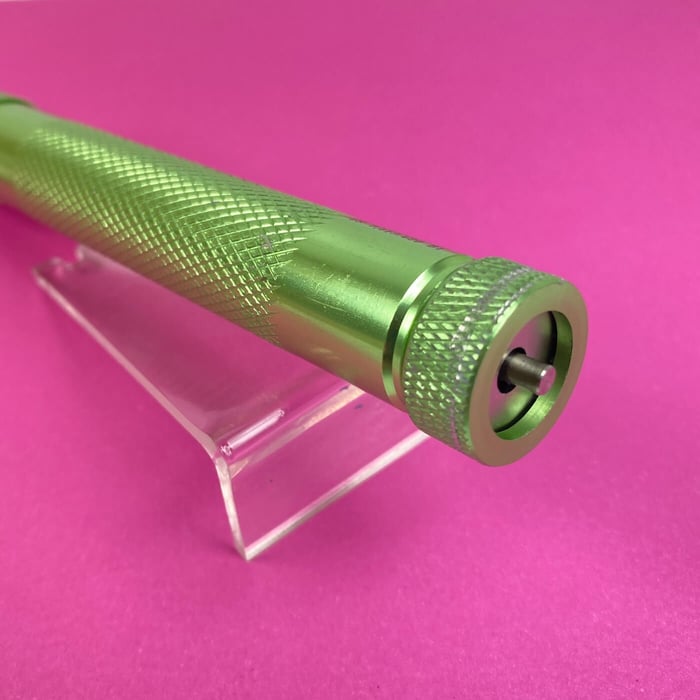Polymer clay enthusiasts, I’m so glad you’re here! This is where we debunk those pesky myths that might have been making your crafting road bumpy. Let's set the record straight and pave the way for a smoother clay crafting journey.
Myth #1: You Can't Mix Different Brands of Polymer Clay
Truth: Oh, fear not, fellow artists! Polymer clay is a flexible friend. While it's true that different clay lines have unique traits, including recommended baking specifications and final texture, they can indeed be blended. What if the clay brands have very different recommended baking temperatures? The key is experimentation. Mix and match to your heart's content, but always test the results to ensure the finished color and texture align with your artistic vision.
Myth #2: Unbaked Clay Must Be Stored Airtight to Avoid Drying Out
Truth: Hold the presses! Polymer clay is oil-based, not water-based, so the dreaded "drying out" concern is a myth. Airtight storage isn't a must. Maintain a moderate climate for your clay, shield it from temperature extremes, and cover it to prevent unwanted debris (dust, pet hair, etc).
Myth #3: Polymer Clay Can't Be Stored in Plastic
Truth: Plastic storage can indeed be a safe haven for your clay, especially in most containers. While some plastics may react with the clay, plenty of options exist that won't suffer from this issue. Zip-lock bags, for instance, are a reliable choice.
Myth #4: I can trust the Temperature Markings on My Oven
Truth: Oh, let's not be too trusting! Ovens can have their own little secrets. It's always a wise move to verify the temperature with a trusty separate oven thermometer. Baking at too high a temp can turn your clay brown, and baking at too low a temp can keep the clay from curing completely, making it brittle. Better safe than sorry!
Myth #5: Over Baking Will Ruin My Clay Creation
Truth: While baking at too high a temp can be a concern, a slight extension of time won't wreck your masterpiece if you are baking it at the recommended temp. Baking at too high or too low a temp can hurt- your clay can end up brittle or burned. Stick to the temperature recommended by your clay’s manufacturer.
Myth #6: Plunging Baked Clay into Ice Water
Truth: Slow down, you're moving too fast! No need to plunge baked clay into icy waters. Let it cool at its own pace. Clay is remarkably flexible immediately after baking and air-cools and hardens up just fine. Take a breather and let it chill!
Myth #7: Baked Clay Must Be Thoroughly Cleaned with Soap and Water
Truth: Keep it simple, dear artisans! A gentle wipe-down with a soft cloth is usually sufficient post-baking. No need for a full-on soap opera. Pipe cleaners work wonders for those intricate drilled holes.
Myth #8: Sanding After Baking Is Optional
Truth: Sanding is your secret weapon! It's like the finishing touch that elevates your creation. Don't skip this step; your masterpiece deserves that extra silky smoothness!
Myth #9: Sanding Out Bubbles After Baking Works Like Magic
Truth: Abracadabra—nope! Sanding out bubbles often leaves unsightly pits on the surface, creating unwelcome shadows. Prevention is key! Inspect your clay carefully after conditioning: pop or unroof any bubbles and reroll the clay to ensure a smooth mix and a bubble-free bake.
Myth #10: Baked Polymer Clay Must Be Sealed with Varnish or Wax
Truth: The seal's the deal—but it's your call! Polymer clay, once properly baked is waterproof and buffable. Choose your finish—matte or glossy—without feeling obliged to seal. But you can use surface finishes! Experiment with varnish, wax, or resin cautiously for that perfect finish that fits your artistic vision.
Bottom Line:
Dive into your polymer clay projects armed with the truth! Say goodbye to myths and hello to a world of creative possibilities. Remember, your clay, your rules. Happy crafting! 🌈✨




